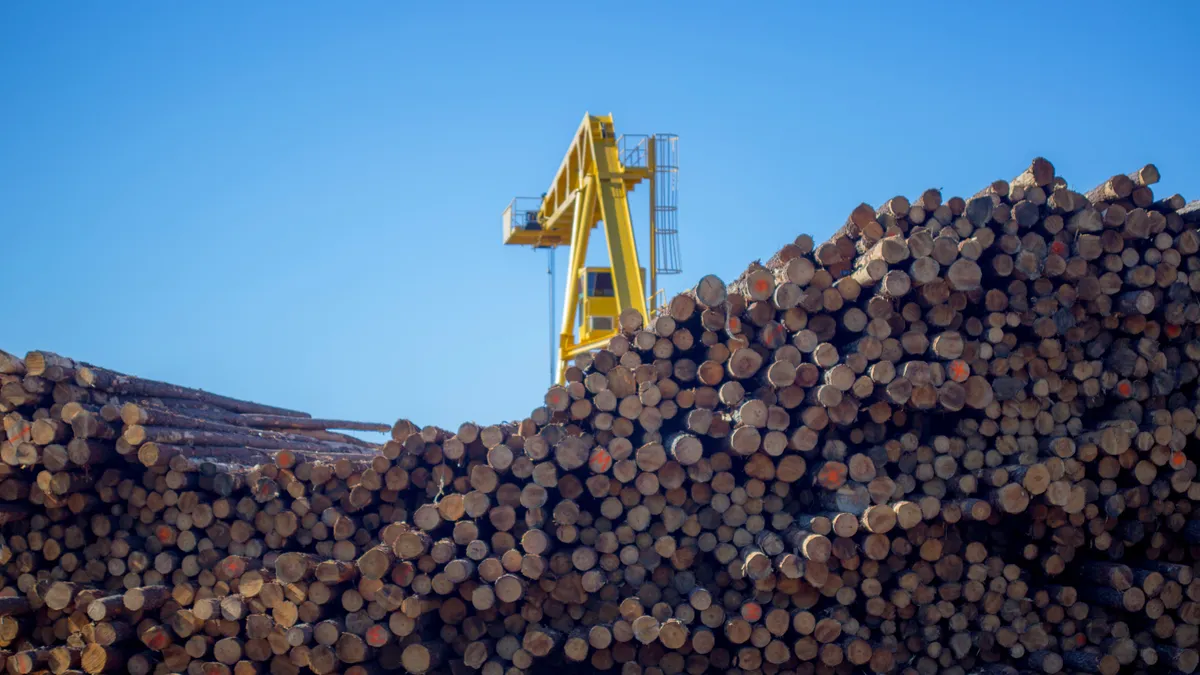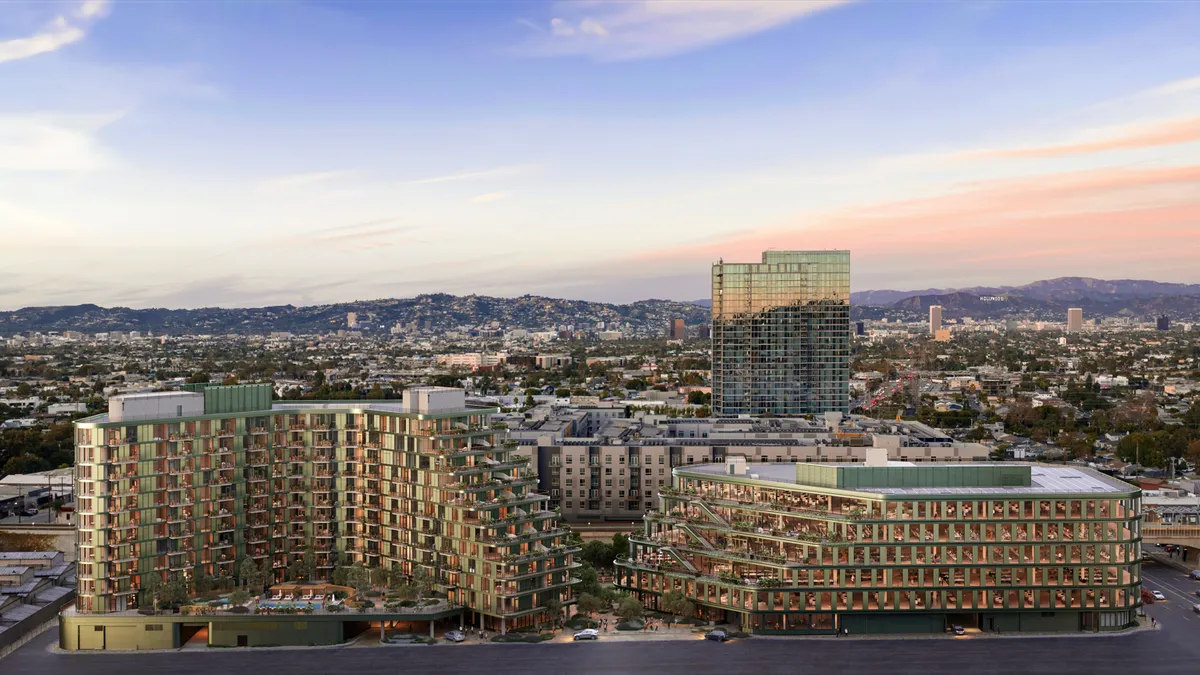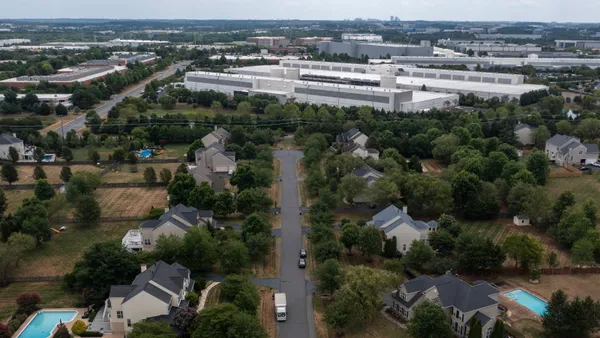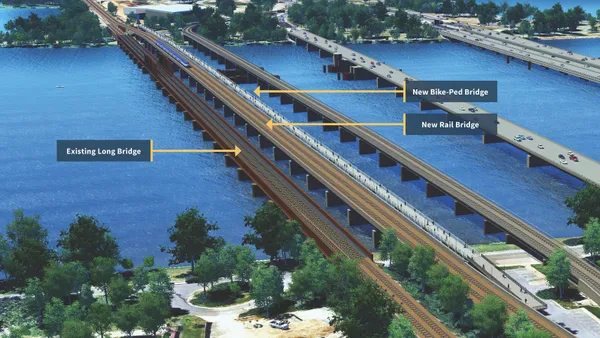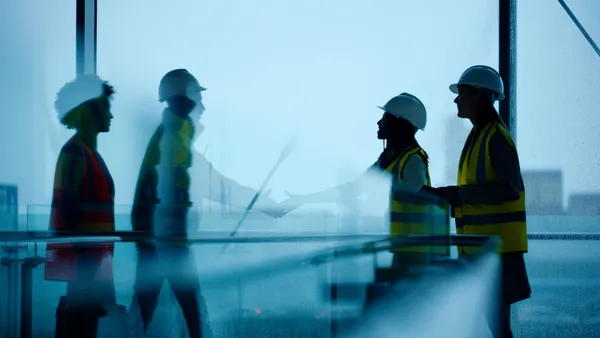Dive Brief:
- Vancouver, Canada's Chief Building Official's Office has approved plans for the 232-foot-tall, 19-story Terrace House, a condominium high-rise that will be the tallest hybrid mass timber building in North America, according to Building Design + Construction.
- Exposed mass timber, a design feature that has never before been permitted in a building this tall in the U.S. or Canada, makes up the top seven stories of the building. The design feature required project officials to use performance-based fire and engineering tests that evaluated standard and post-earthquake fire risks to meet the city's building codes, proving that the building is as safe as one made with conventional materials.
- British Columbia building officials granted an earlier exception for Brock Commons, the 18-story-tall residence hall at the University of British Columbia — currently the tallest mass timber building in the world — in part because the project team agreed to cover exposed timber with fire-rated gypsum wallboard.
Dive Insight:
More mass timber buildings are popping up, but the material as a replacement for concrete and steel is taking time to gain traction in North America's design and construction industries. The primary concern is that of flammability, but designers have pointed out that the heavy timber used in these structures first chars when exposed to fire, creating a protective layer that resists flames. The wood underneath can maintain up to 90% of its original strength, helping to preserve the building's integrity.
Designers and researchers are also exploring the structural capabilities of mass timber. Architecture firm Skidmore, Owings & Merrill (SOM) and Oregon State University recently released two studies that assessed the viability of a mass-timber composite and a cross-laminated timber (CLT) and concrete floor system supported by structural steel.
One study found that the floor system could function with up to seven times the weight of its design service load, and the other determined that prefabrication could hasten construction of a steel-supported CLT building. The Brock Commons project, for example, used prefabrication, helping enable construction crews to assemble the timber pieces around the concrete and steel cores in 70 days from the date of delivery.
Last month, construction came to an end on Carbon12, an 85-foot-tall mixed-use mass timber building in Portland, OR, according to The Architect's Newspaper. It is now the tallest modern wood building in the U.S., and its CLT panels were prefabricated and cut prior to delivery.


